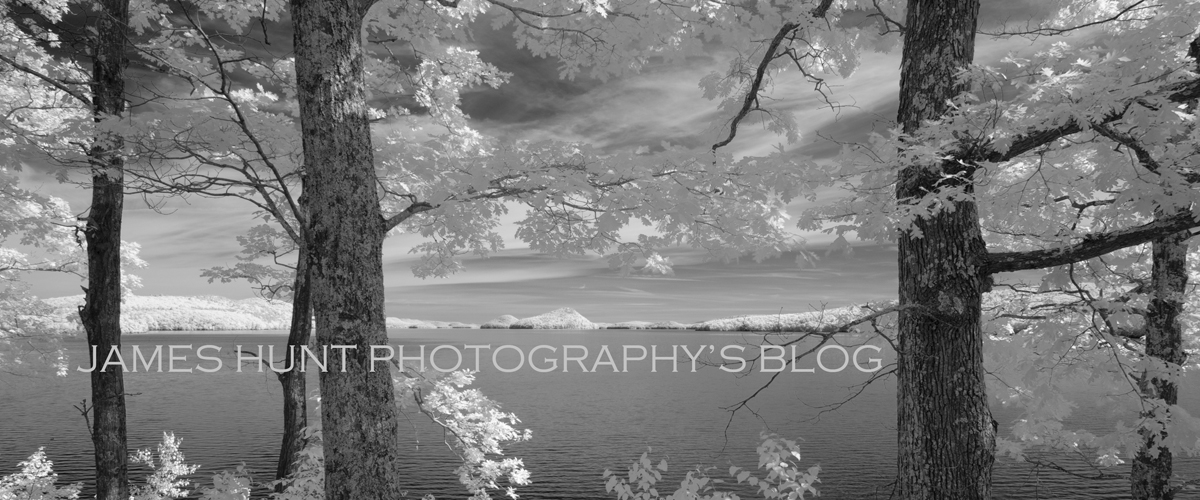Acadia
We haven’t had a particularly pretty foliage season in Central Massachusetts. Not to my eyes at least. Luckily, we had an opportunity to spend a few days further north in Acadia National Park, Mount Desert Island, Maine. They were not so unfortunate! I don’t know that I’ve ever seen such intense color, so of course I spent a good deal of time working in black and white. We were with Tony Sweet and Susan Milestone and a bunch of very nice and quite talented workshop participants. I always learn a lot from them, probably because of their depth of preparation, their knowledge and their positive attitude. Tony has an ability to articulate the creative process and rationale that I always find inspiring. He has a wonderful way of validating the imagination, something I need a dose of every so often. I recommend them highly if you’re looking for a workshop experience. You won’t be disappointed.
But, no thousand words today though, on with the pictures. (And I swear, I did not touch the saturation slider on these. You get up early in the morning and shoot late into the evening with Tony. Mother nature is the one manipulating the colors at those hours, but that’s sort of her job so…)
From Eagle Lake at sunrise
Along Duck Creek Road





Boulder Beach at Sunrise, in the rain


From Thunder Hole (It really does sound like Thunder)



From Cadillac Mountain



Acadia National Park is about six hours north from our home. I can’t believe it took us this long to get there. It is a big Park, and I would recommend either going with a guide, or doing some serious research before hand, during the day time!
Tech Note: I hate writing about gear because it’s basically irrelevant at this point. But a number of these images were taken with the Nikon Z7, Nikon’s new entry into the mirrorless market place. For whatever reason, none good, it seems to draw a fair amount of criticism on the good old internet, particularly from those who have never used it. It seems to be a tribal thing, or a way for “influencers” to generate click bait. It’s sad that all you have to do these days is make something up and it becomes fact.
I thought the camera performed exceptionally well. I’ll be using it a lot for video as I have grown very tired of taking along a second system. The still image quality, video quality, still and video autofocus, all worked beyond my expectations. And we really did land on the moon in 1969.



















